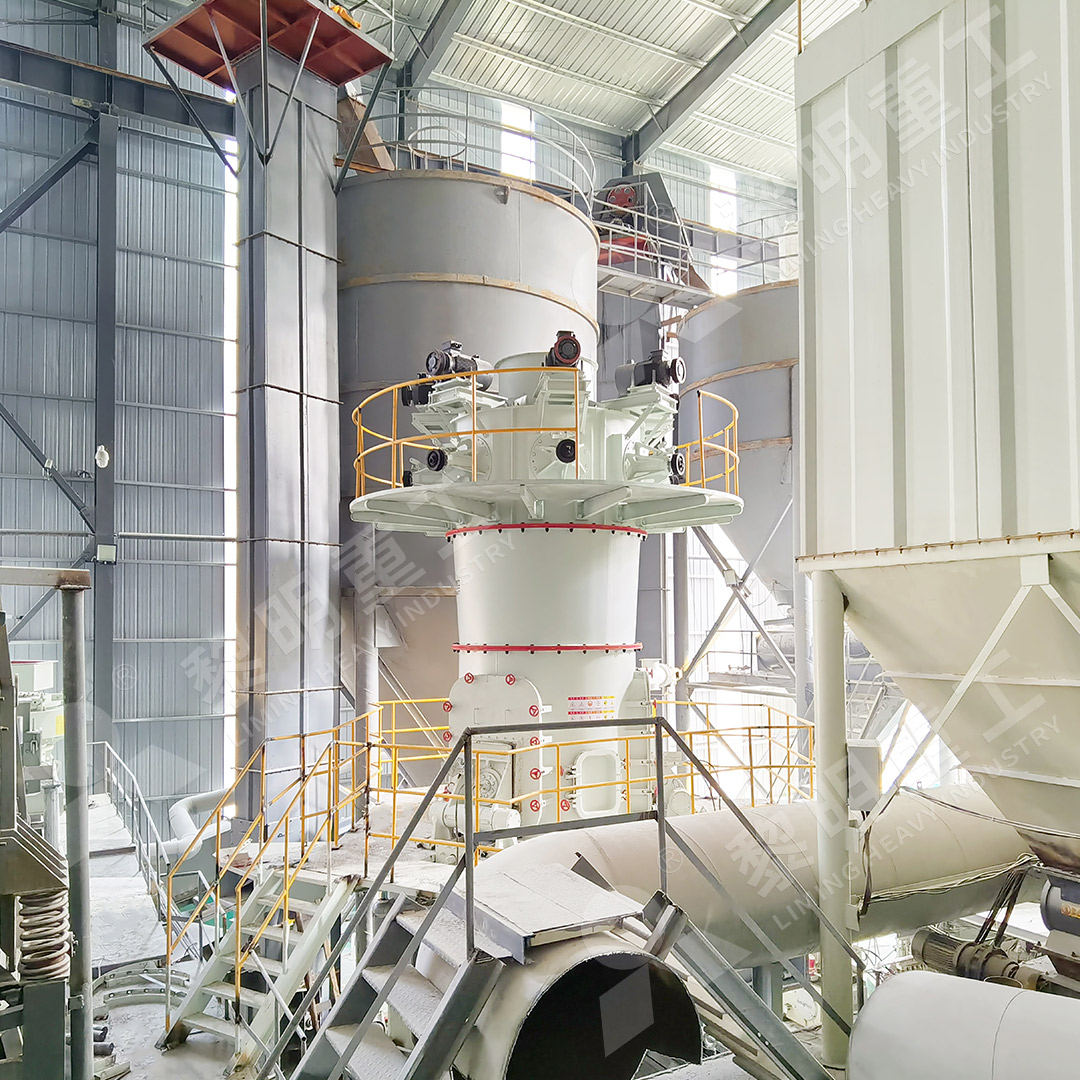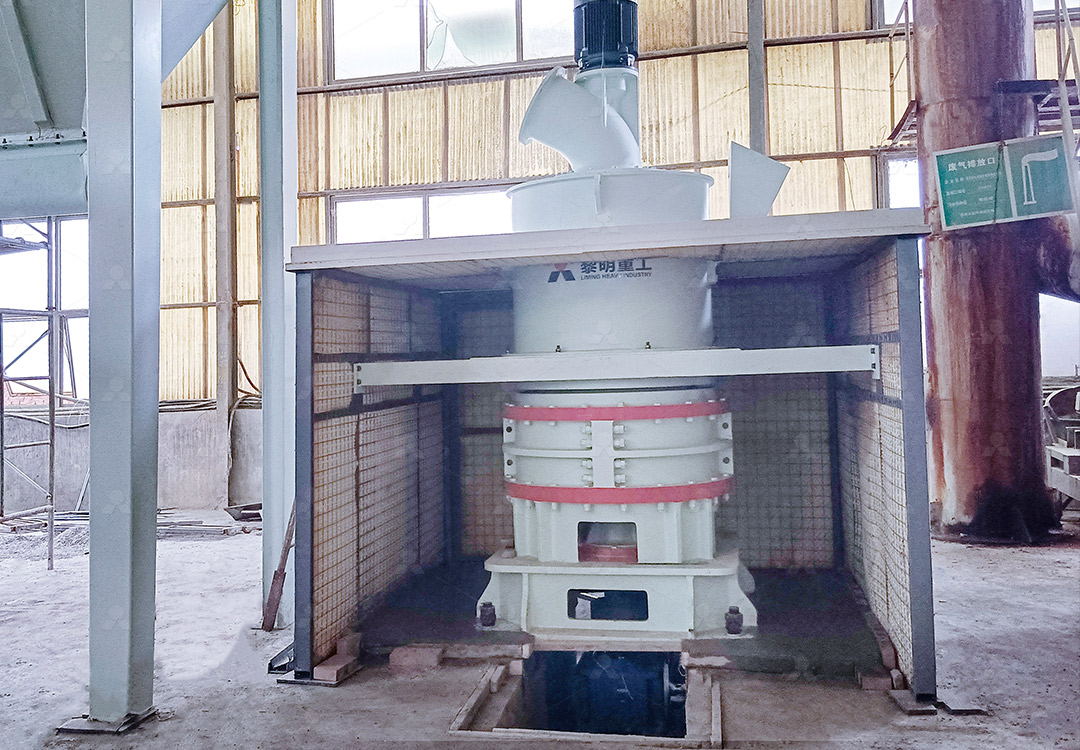Crusher Mill Machine for Manufactured Sands: Types, Selection, and Process Optimization
Crusher Mill Machine for Manufactured Sands: Types, Selection, and Process Optimization
In the world of aggregate processing and manufactured sand production, selecting the right grinding mill is absolutly critical for achieving desired particle shape, gradation, and overall profitability. The wrong equipment can lead to excessive energy consumption, high wear costs, and an inferior product that fails to meet spec. This article delves into the types of crusher mills used for sands, key selection criteria, and strategies for process optimization.
Common Mill Types for Sand Manufacture
Not all mills are created equal, and each type offers distinct advantages for different applications.
Ball Mills: The traditional workhorse. They are reliable and have a long history in ore grinding. However, for sand production, they can be less efficient, leading to higher energy costs and a broader, less controlled particle size distribution. They operate on the principle of impact and attrition as the grinding chamber rotates.
Vertical Roller Mills (VRM): These have become increasingly popular for their efficiency. VRMs use large rollers to crush and grind material against a horizontal rotating table. They integrate drying, grinding, classification, and conveying, offering a compact footprint and significantly lower energy consumption compared to ball mills—often by 30-40%.

Raymond Mills (Roller Mills): A common choice for finer grinding. Material is ground between rotating rollers and a stationary ring. They are known for producing a consistent product but may have limitations on abrasiveness and maximum feed size.
Key Selection Criteria: Beyond Just Capacity
Choosing a mill isn’t just about matching the required tons per hour. Several factors must be weighed:
- Feed Material Properties: Hardness, abrasiveness, moisture content, and initial feed size are paramount.
- Desired Product Specifications: The target particle size distribution (gradation), shape (cubical is ideal for sand), and cleanliness.
- Operating Costs: Energy consumption per ton is a huge differentiator. Also consider the cost and lifespan of wear parts like rollers and liners.
- Footprint & Layout: The available space in your plant can dictate the type of mill you can install.
- Environmental Considerations: Modern operations require dust and noise control systems to be integrated.
Process Optimization: Getting the Most from Your Mill
Once the right equipment is selected, fine-tuning the process is key to maximizing yield and quality.
- Optimal Feed Control: Ensure a consistent and well-controlled feed rate and size to prevent mill overload or starvation.
- Classificiation Efficiency: The classifier (or separator) is the brain of the system. A high-efficiency classifier ensures only properly sized material exits the mill, sending oversize back for further grinding. This improves efficiency and product quality.
- Wear Monitoring: Implement a strict program to monitor wear on grinding elements. Worn parts reduce efficiency and can negatively alter the product gradation.
- System Airflow: In air-swept mills, airflow is crucial for moving material and controlling temperature. It must be balanced correctly with the feed rate.

A Premier Choice for High-Quality Manufactured Sands
For operations demanding ultra-fine powders or perfectly graded manufactured sands with superior particle shape, the MW Ultrafine Grinding Mill stands out as a top-tier solution. This machine is engineered for customers who need to make ultra-fine powder between 325-2500 meshes. It boasts several features that directly adress the challenges of modern sand production:
- Higher Yielding, Lower Energy Consumption: Its newly designed grinding curves enhance efficiency, offering production capacity 40% higher than jet mills and twice that of ball mills, while slashing system energy consumption to just 30% of a jet mill.
- Precise Adjustable Fineness: A advanced cage-type powder selector allows for precise control over the final product’s fineness, ensuring it meets exact specifications.
- Eco-Friendly & Reliable Design: Equipped with an efficient pulse dust collector and muffler, the entire milling system operates without dust pollution and with reduced noise. Its unique design without rolling bearings or screws in the grinding chamber elimantes common failure points, ensuring worry-free, 24/7 operation.
With an input size of 0-20mm and a capacity range of 0.5-25 tph, the MW Mill is perfectly suited for processing limestone, calcite, and other minerals critical to producing high-quality manufactured sands for concrete and asphalt.

Conclusion
Investing in the right crusher mill technology and optimizing its operation is a stragetic decision that pays dividends in product quality, cost savings, and environmental compliance. By understanding the different mill types, carefully evaluating selection criteria, and implementing best practices for process control, producers can significantly enhance their manufactured sand operations. Technologies like the MW Ultrafine Grinding Mill represent the future of efficient and precise mineral size reduction.
